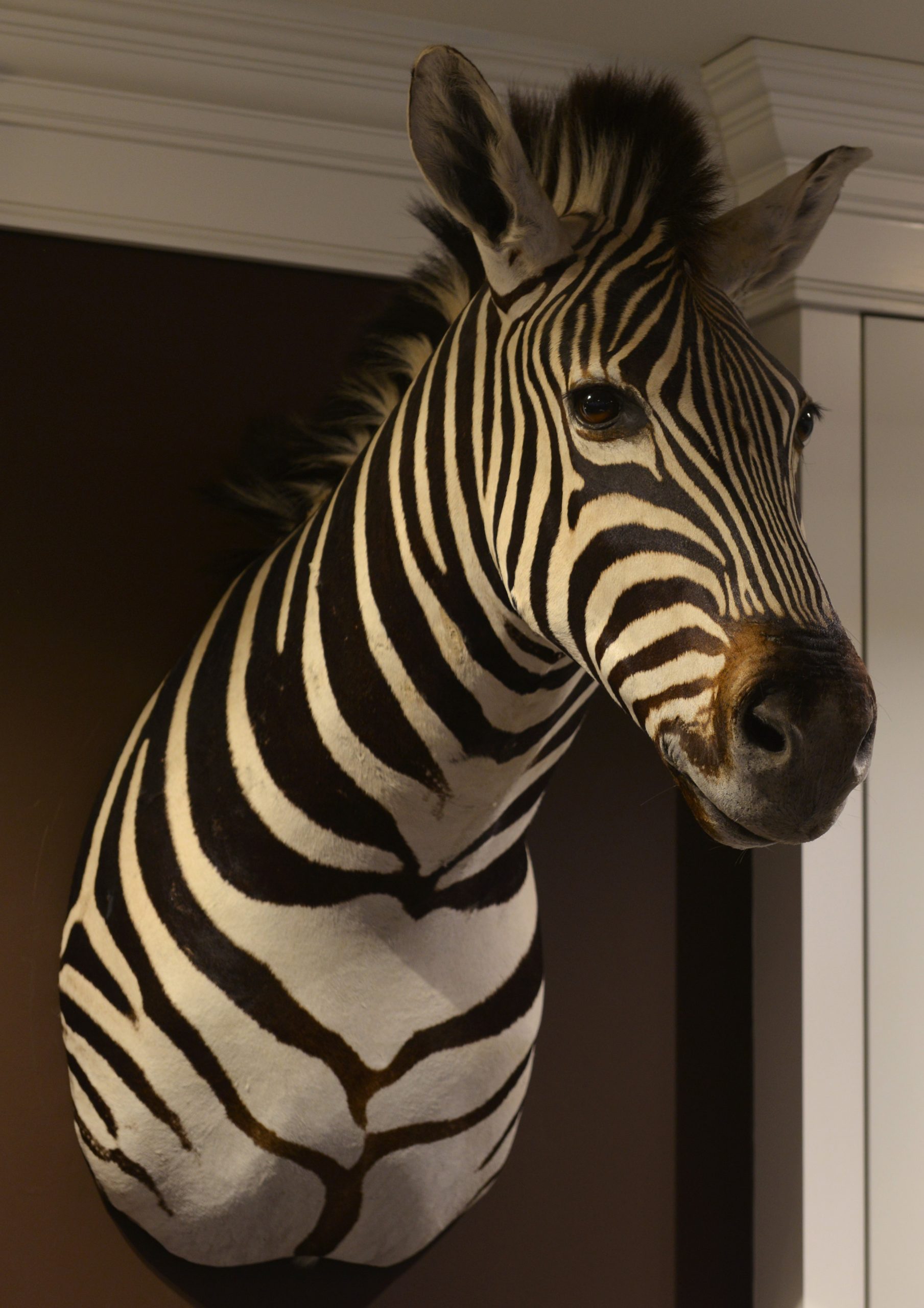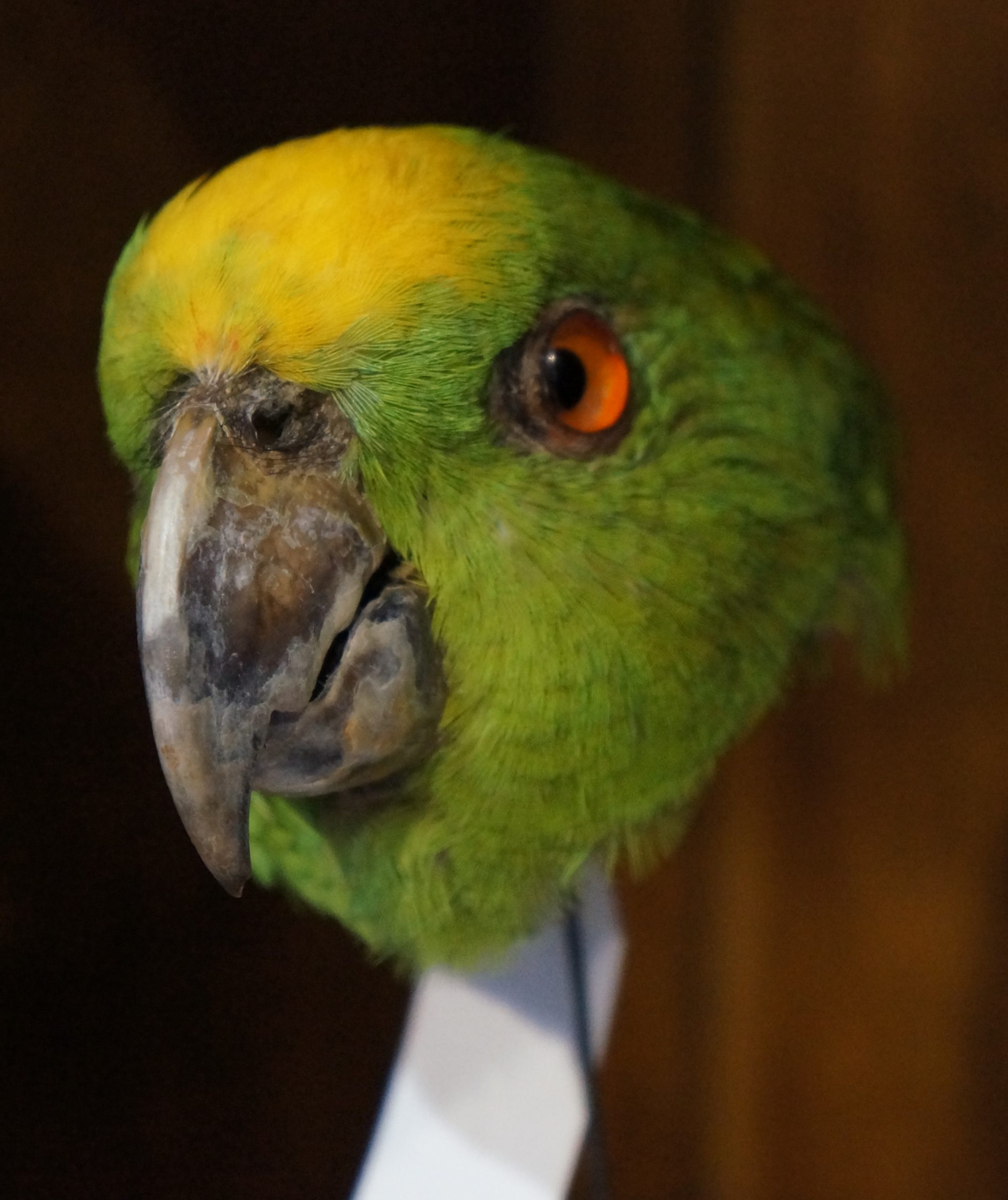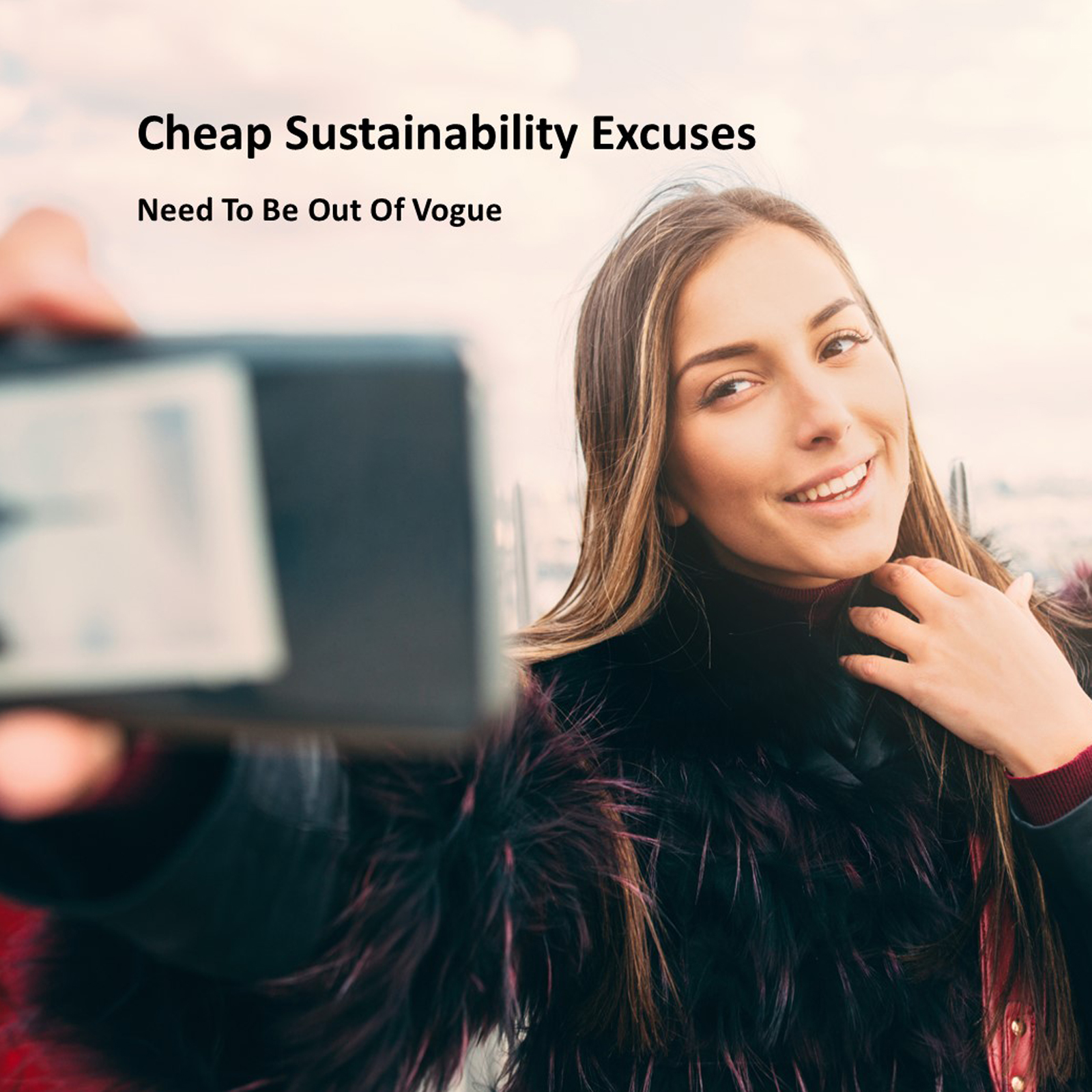Stuff ‘Em: The Questionable Ethics Of Macabre Styling
Macabre – having the quality of a grim or ghastly atmosphere

Image acceptfoto
Lynn Johnson
18 May, 2021
Last year HowToSpendItEthically.Org covered a story about the ripple effects for marine species, as ornamental aquariums with million-dollar plus price tags become de rigueur for the world’s rich. But there is another trend, with a much lower price point, that a growing number of interior designers are adding to their portfolio, namely sourcing stuffed wildlife.
What makes this growing interest in taxidermy for interior design even more bewildering is that the legal trade in exotic birds and animals is known to be a source of zoonotic diseases. Epidemiologists have warned that humans are vulnerable, as the line between us and exotic animals has long been breached for trade, such as in the industry that breeds exotic birds and animals.

But it appears some interior designers have missed this fact completely and believe, and I quote, “taxidermy is a way to bring the beauty of the outdoors, indoors”. Really? Nothing says you find wildlife beautiful quite like having a dead, stuffed animal displayed in your home? I could think of an infinite number of better ways to connect with the beauty of nature.
Even before COVID-19 and the lockdown, interior designers saw taxidermy as a “signature element of traditional country style”, while also confirming that “taxidermy now has a place in contemporary homes and can work within various interiors from Scandinavian to Industrial”.
With the exodus of the middle-class from cities, because of the pandemic, many new owners of country residences are inviting designers to create an authentic interior to match their new lifestyle and homeworking needs. Some designers are offering Macabre Styling (yes there is a technical name for it!) and a key element of macabre interiors can be the use of taxidermy.
Just a reminder of the definition of macabre in art is, “having the quality of a grim or ghastly atmosphere”; Sounds cozy, yes? Just want you want for your new home!
This trend means a growing number of taxidermists are providing animals and birds for sale around the world, including in auction houses, collectables markets and online. While many are advertised as Victorian, how do you prove that, as it is so easy to fake the provenance; and for most of the items there is no paperwork.
As an example, people love flamingos, and all 5 species of flamingos are listed for trade restrictions by the global regulator. Stuffed flamingos sell for between US$4,000 and US$10,000 on the European market; and some even have a much higher price tag.
When you take a look at these birds, together with the assortment of other endangered and exotic birds and animals – most look perfect. Do the interior designers and consumers ask themselves what sort of life these birds and animals had, before they reached ‘peak plumage’ and perfect adult condition?
With not a feather out of place, not a scar, they certainly didn’t live to a ripe old age and die of natural causes, and they weren’t roadkill. A survey of taxidermist websites confirm they state that these birds and animals come from a ‘network of breeders, zoos and animal sanctuaries’; but this industry means it is often difficult to trace the lives of these animals or know much about the conditions in which they live. And, while many websites talk about providing the necessary documentation, because they are working with endangered species, currently there is no real supply chain transparency in this global trade.
And so we are back to the ethics of captive breeding of exotic birds and animals, and the risks associated with triggering a global pandemic.
A recent article, in The Guardian, outlined flamingo trafficking in Iraq, stating, “When flamingos migrate to the southern Iraqi marshes in the winter months, the poachers are waiting”. As with Africa and Asia, such articles focus on impoverished people and the least powerful group in the trade of endangered and exotic species, while conveniently ignoring what is happening in so called advanced western democracies; what about the businesses in The Netherlands, Belgium and France?
In finishing this article, I would like to dedicate it to a friend, who is renovating a recently purchased Victorian property. A few months ago, she said to me, “I really wanted to buy a stuffed peacock, but I know that you would never forgive me, so I couldn’t do it”.
Thank you, you know who you are!


Subscribe To
[mc4wp_form id=”29″]




